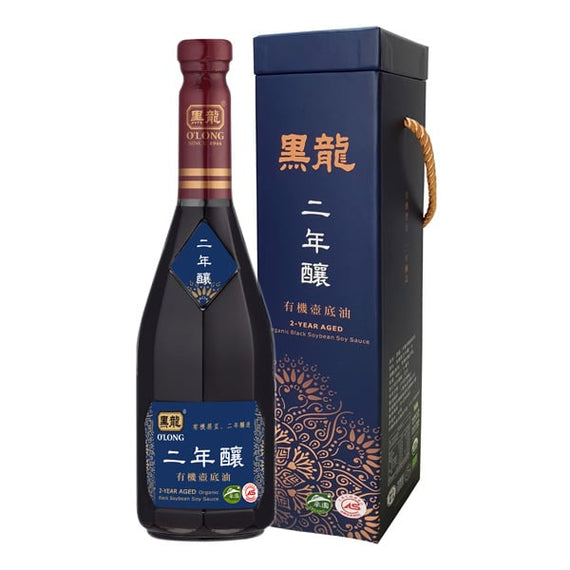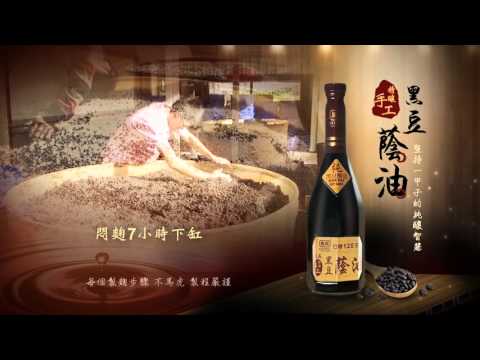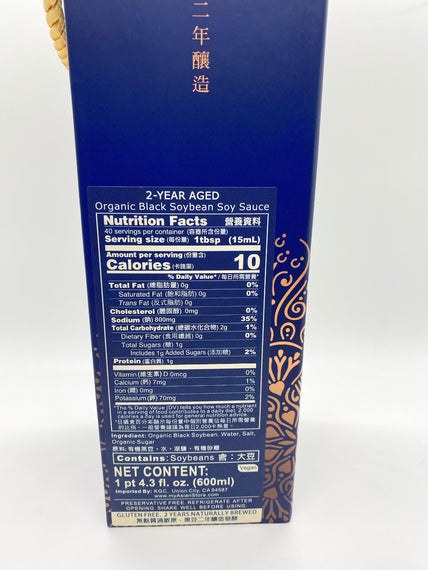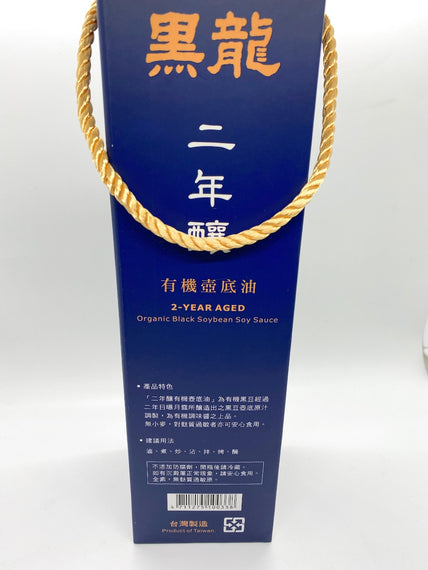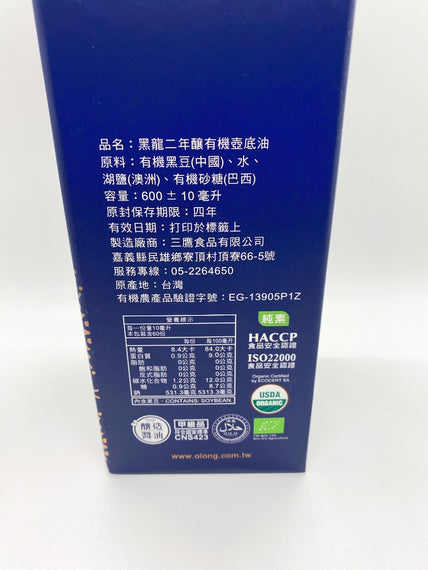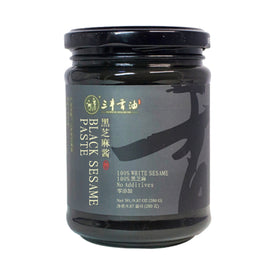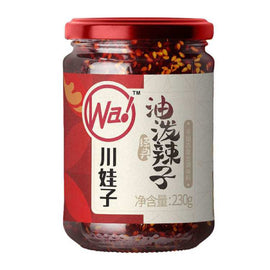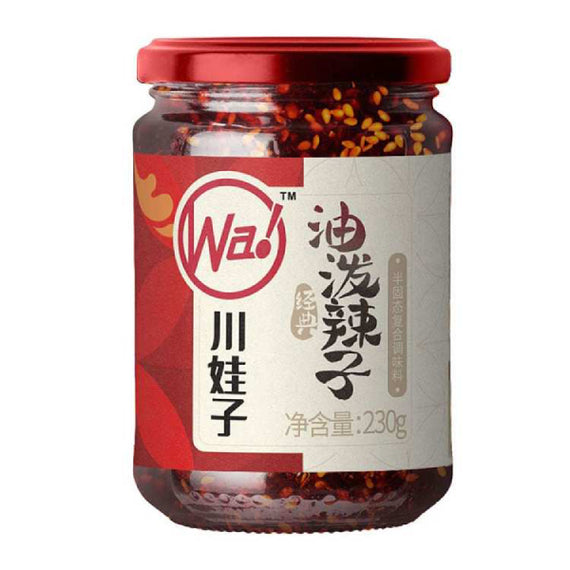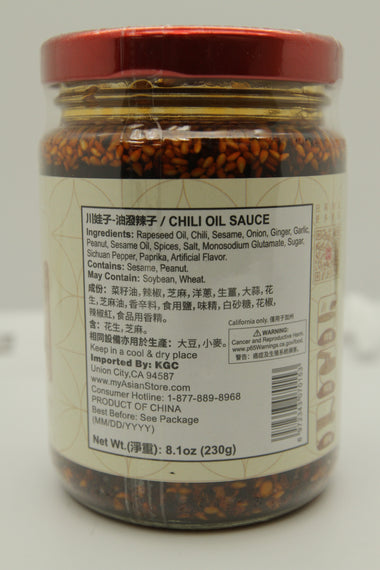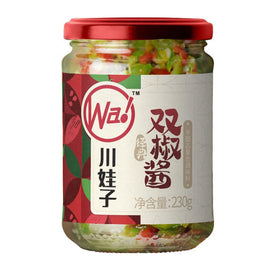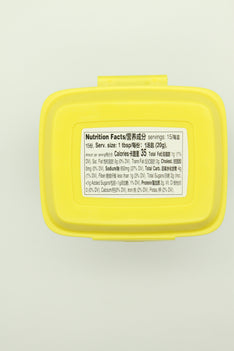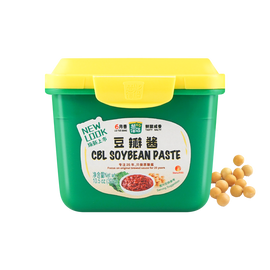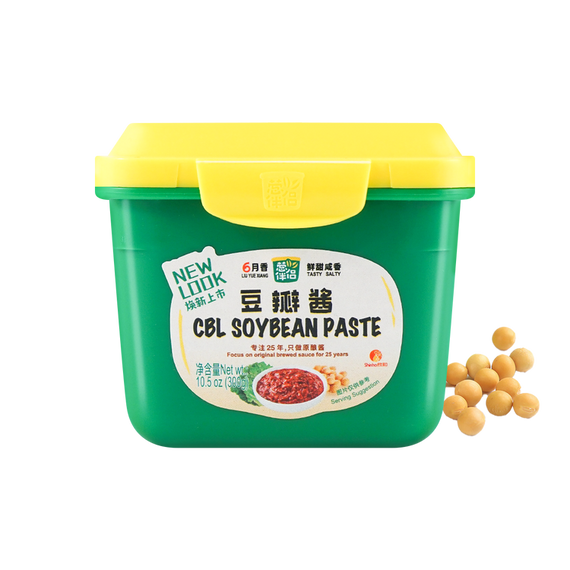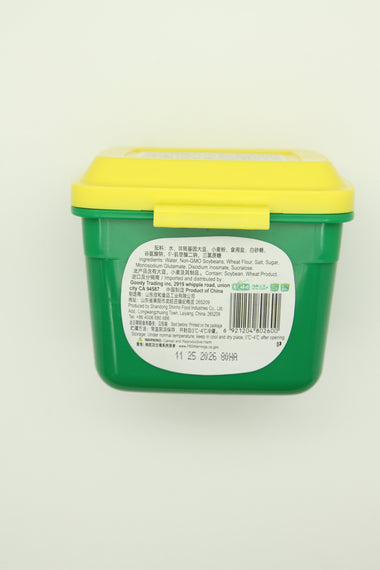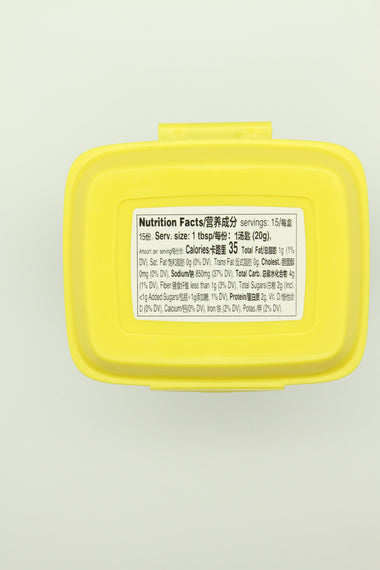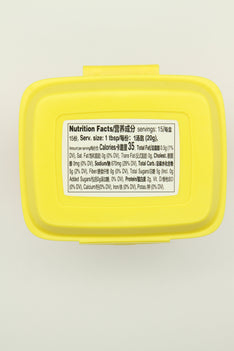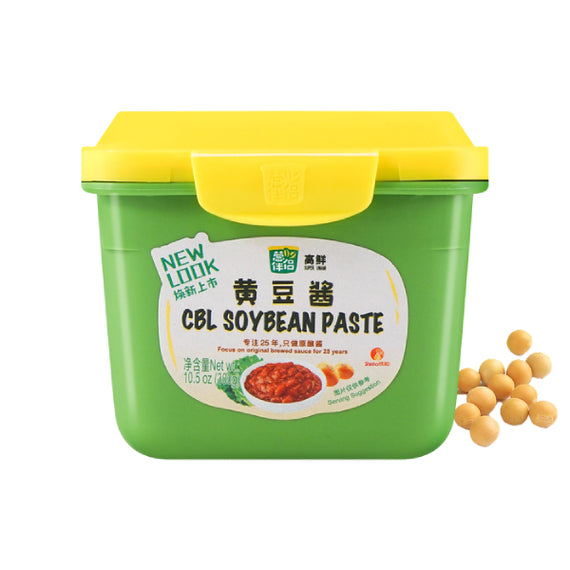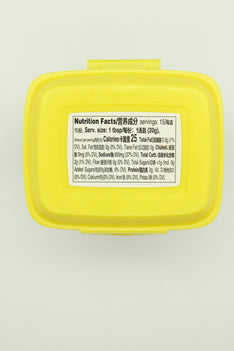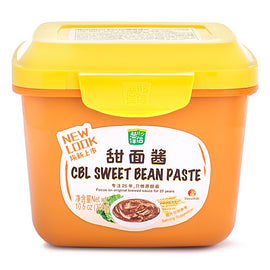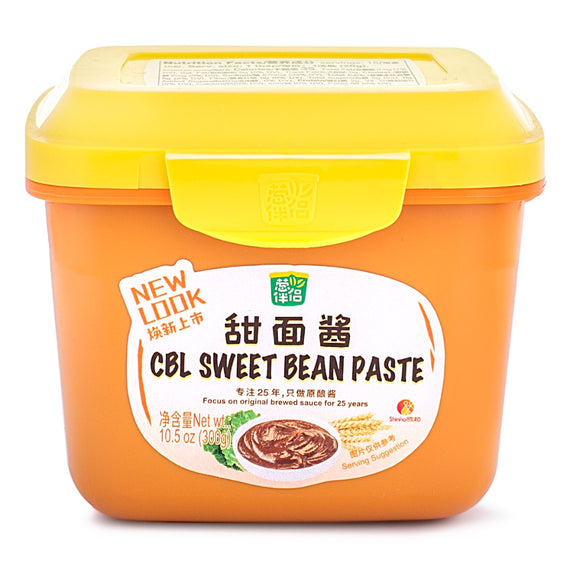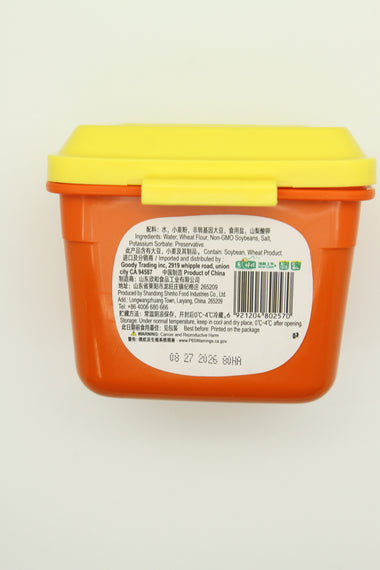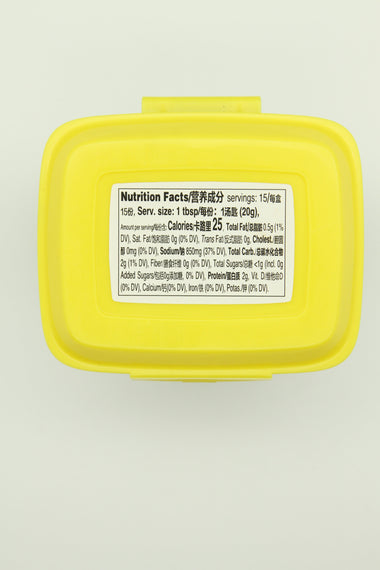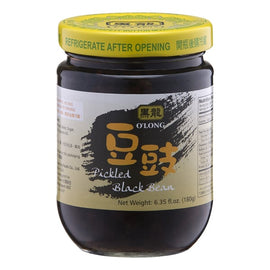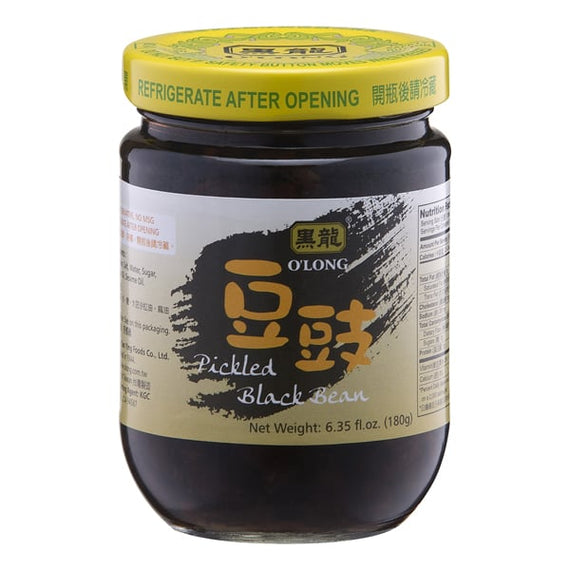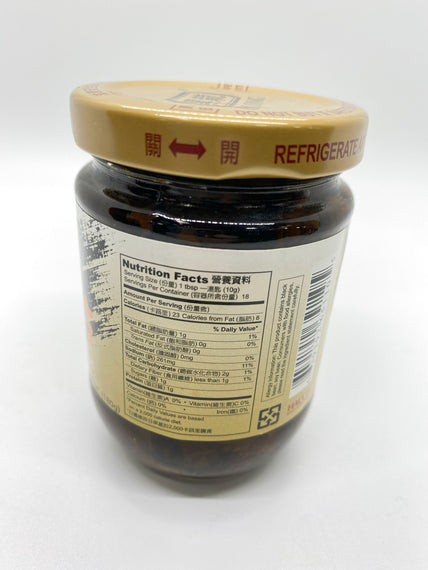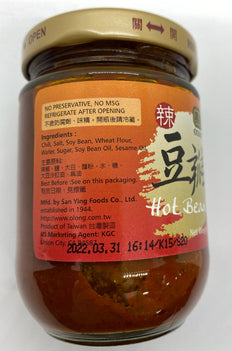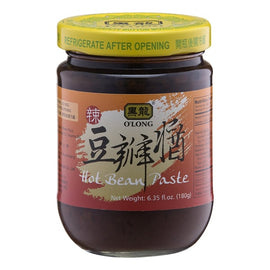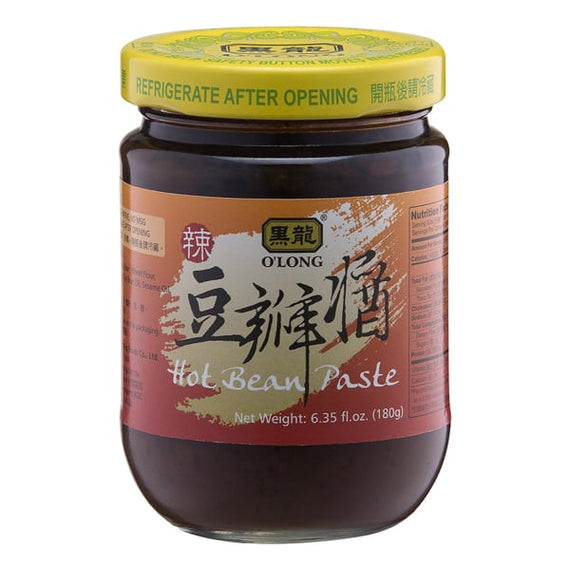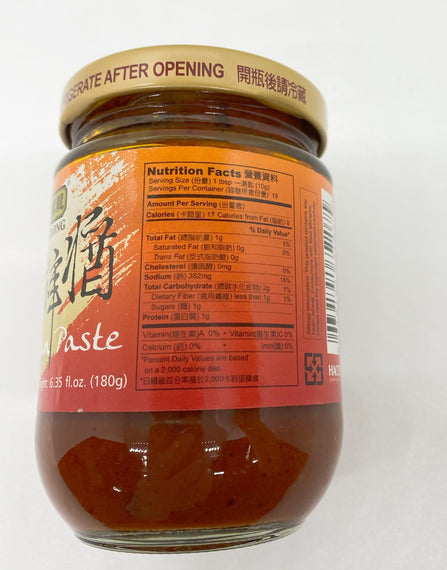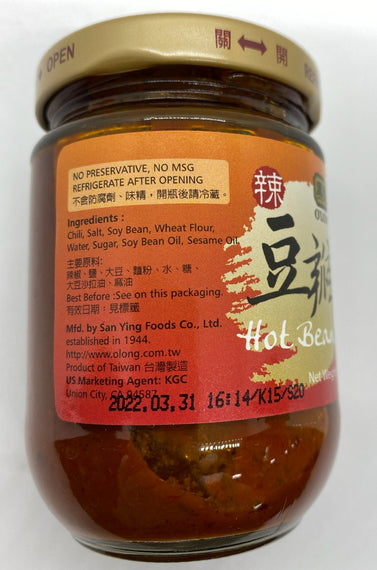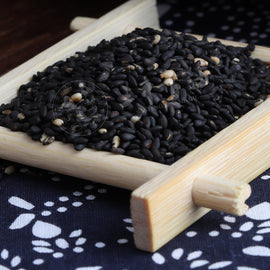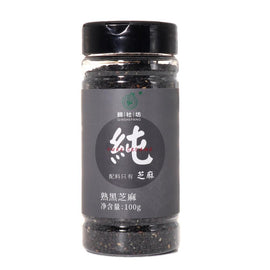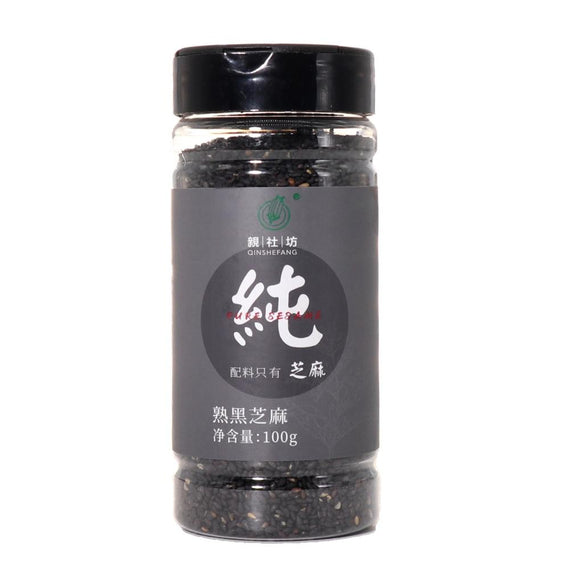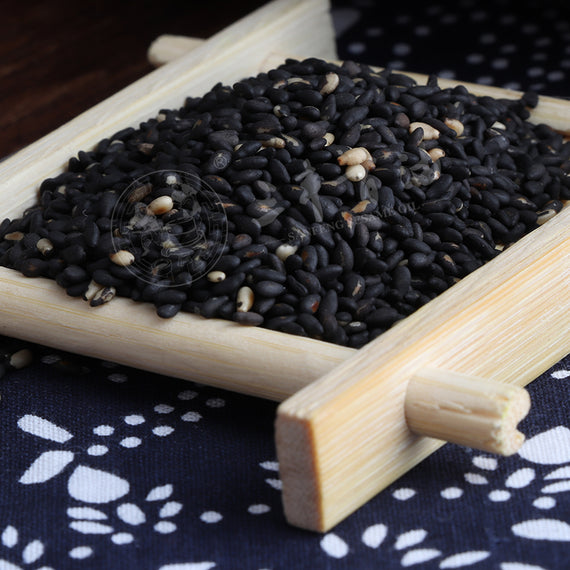Product successfully added to your shopping cart
O'long 2-Year Aged Organic Black Soybean Soy Sauce 黑龍 二年釀有機壺底油
The Silent Alchemy: Unlocking the Deep Soul of Soy Sauce Through Aging
In a world of instant gratification, some of the most profound transformations happen in the quiet dark. There is no better example of this patient alchemy than the aging of soy sauce. More than just a condiment, properly aged soy sauce is a complex symphony of flavor, a testament to the power of time, microbes, and elemental ingredients. While a bottle may sit unassumingly on your table, its journey from simple beans and grains to a rich, umami-packed elixir is a story written over months, or even years.
The Foundation: From Koji to Moromi
The journey begins with a simple recipe: soybeans, wheat, salt, and water. But the magic starts with a mold known as koji (Aspergillus oryzae). The steamed soybeans and roasted wheat are inoculated with this benevolent culture, which breaks down the starches and proteins into simpler sugars and amino acids. This initial step, lasting about three days, creates the essential building blocks for flavor.
Next, this koji is mixed with a saltwater brine in large vats or tanks. This mixture, now called moromi, is the heart of the fermentation process. It is here, in this salty, churning mash, that the silent symphony begins. The koji enzymes work in concert with wild yeasts and lactic acid bacteria in a multi-stage fermentation that is both art and science.
The Quiet Work of Time: What Happens During Aging?
Aging, or maturation, is not a period of inactivity. It is the most critical phase where simple components evolve into hundreds of complex flavor compounds. The moromi is left to ferment for a minimum of several months to several years. During this time, several key transformations occur:
-
The Development of Umami: The enzymes from the koji continue to break down the proteins in the soybeans into amino acids, most notably glutamic acid. This is the source of soy sauce’s signature savory, mouthwatering umami taste. The longer the aging process, the deeper and more rounded this umami character becomes.
-
The Creation of Complexity: Simultaneously, yeasts and bacteria produce a cascade of chemical reactions. Alcohols, esters, and organic acids are formed. These compounds contribute the subtle notes of fruit, whiskey, and acidity that distinguish a truly artisanal soy sauce from a mass-produced one. The balance between sweet (from the wheat), salty, sour, and bitter becomes incredibly harmonious.
-
Color and Aroma Evolution: The moromi darkens from a pale tan to a deep, reddish-brown through the Maillard Reaction—the same chemical process that browns a steak or toasts bread. The aromas mellow from sharp and pungent to rich, nutty, and profoundly savory.
Industrial vs. Artisanal: A Tale of Two Timelines
This is where the path diverges dramatically, creating a vast gulf in quality and flavor.
-
Mass-Produced Soy Sauce: To meet global demand, many commercial producers drastically shorten this process. Using chemical hydrolysis (acid hydrolysis), they can break down the soy proteins in a matter of days instead of months. The result is a harsh, one-dimensional liquid that is then colored with caramel and flavored with corn syrup. It may be called "soy sauce," but it lacks the soul and complexity of a naturally brewed product. Its "aging" is virtually non-existent.
-
Traditionally Brewed Soy Sauce: True craft, like that of Japanese shoyu or Chinese artisanal producers, honors time. A standard naturally brewed soy sauce may age for 6 months to 2 years. Premium varieties, like saishikomi (double-brewed) soy sauce or some artisanal tamari, can be aged for up to five years or more. These artisanal sauces are often aged in wooden barrels (cedar is traditional in Japan), which can impart additional subtle, woody notes.
Tasting the Difference: The Reward of Patience
You don’t need to be a master chef to taste the impact of aging. Compare a mass-produced sauce with a traditionally brewed one:
-
Mass-Produced: The first hit is a sharp, aggressive saltiness that can overpower food. The flavor is flat and simple.
-
Aged, Artisanal: The experience is layered. You taste a mellow saltiness that gives way to a wave of umami, followed by hints of caramel, dried fruit, and a pleasant, lingering finish. It enhances food without dominating it.
More Than a Condiment, a Culinary Legacy
The aging of soy sauce is a beautiful reminder that some things cannot be rushed. It is a process that transforms the humble soybean into a liquid tapestry of flavor, a cornerstone of culinary traditions across Asia. The next time you drizzle soy sauce over sushi, into a stir-fry, or use it as a base for a marinade, consider the silent, patient work that went into that bottle. Choosing a naturally brewed, well-aged soy sauce is not just a culinary upgrade; it is a nod to a timeless craft, where the most essential ingredient is time itself.
Net Weight: 600 ML
Country of Origin: Taiwan
About O'LONG
San Ying Foods co., Ltd. Is the parent company of O’LONG and was founded in 1944. For more than 60 years, it has been one of the most experienced and well-known soy sauce manufacturers in Taiwan. San Ying Foods follows Chinese home-made recipes to ferment black soybeans for their various products and achieve the extraordinary black bean soy sauce taste that consumers look for. Even as the facilities move towards modern methods, San Ying Foods still strongly insists on the principle of following the traditional processes of a 120-day sun exposure and natural brewing to maintain the original and particular flavor of soy sauce and absolutely no preservatives, MSG, saccharin or pigment to maintain body health and nutrition of their consumers. San Ying Foods is committed to produce and sell safe, healthy and nutritious food to the public.

